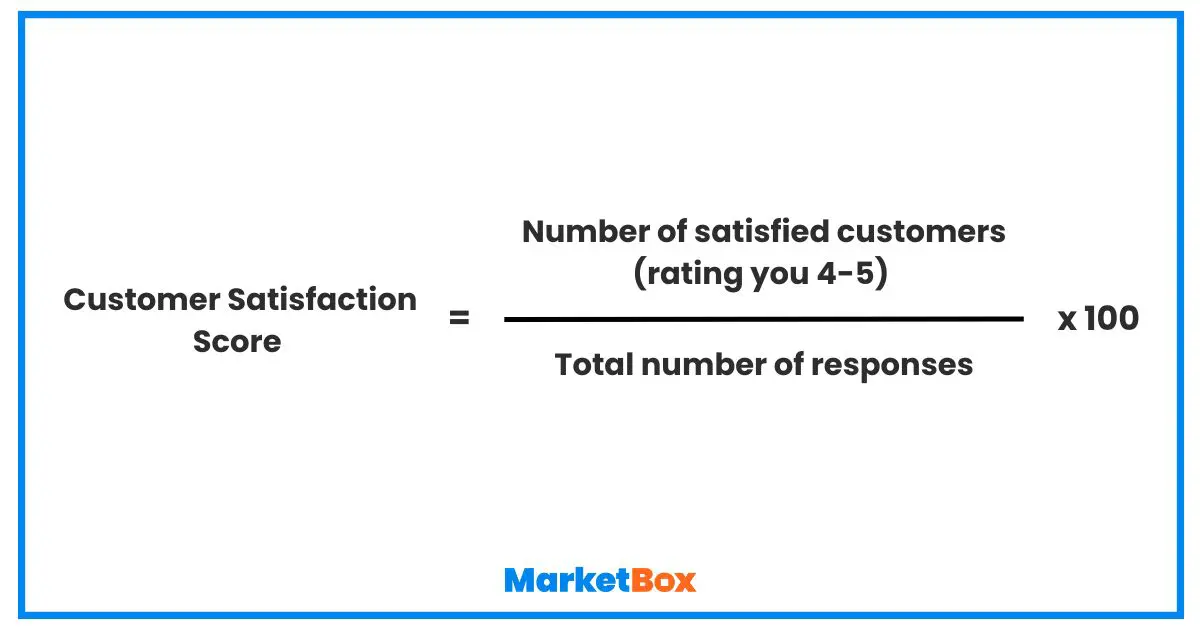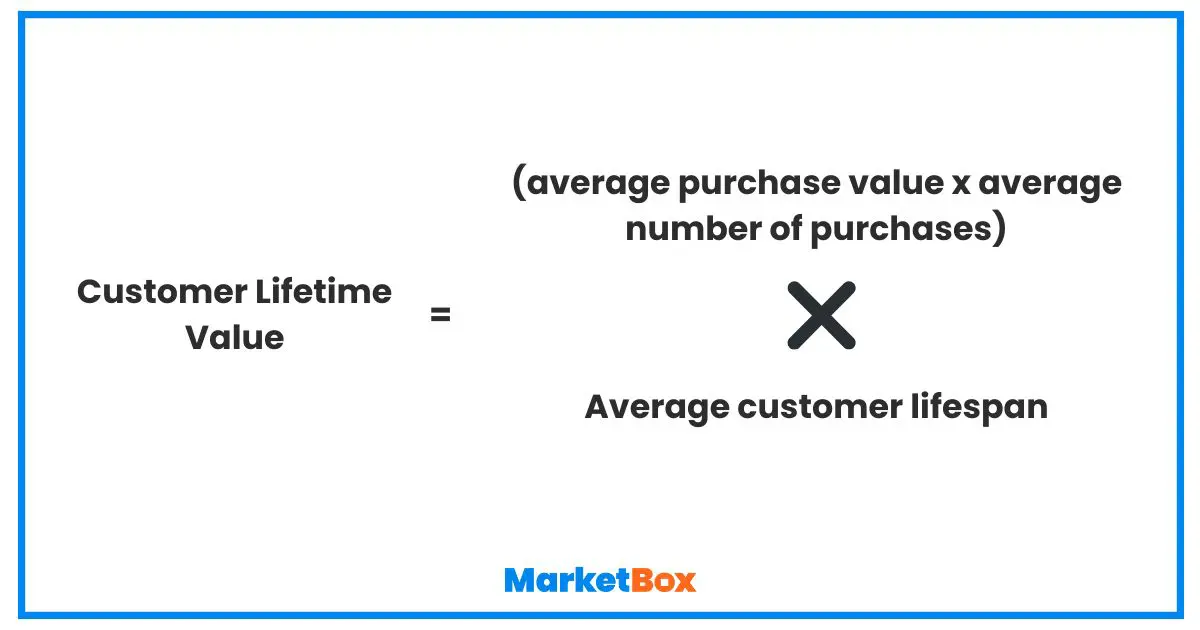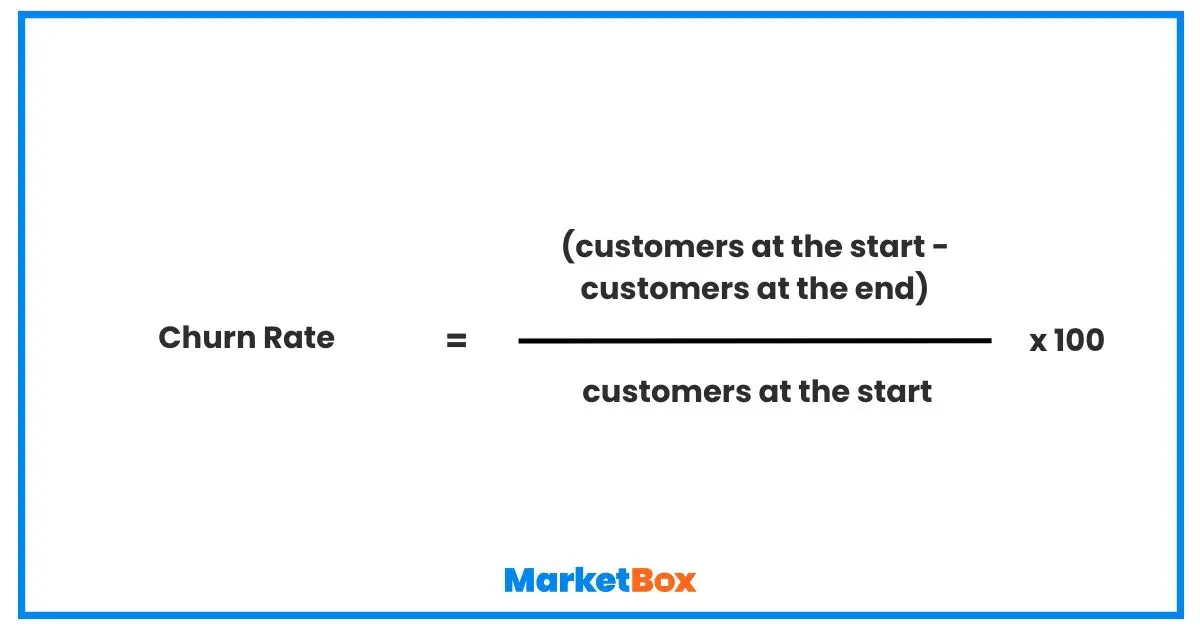How to Measure Customer Experience (A Guide for Small Businesses)
Discover how to measure customer experience and the impact it has on your small business.

Table of Contents:
- What is customer experience?
- 4 reasons you should measure CX
- How to measure customer experience
- Metrics to track
- Challenges you'll face measuring CX & how to overcome them
What is customer experience?
Customer experience (CX) refers to all the interactions a customer has with a company across all touchpoints and channels throughout their buying journey*. Good customer experience aims to create a positive experience for the customer that results in brand loyalty, high levels of satisfaction, and even customer advocacy (where they tell others about your business). Unless your product/service is a one-time sale by nature, the goal of customer experience is also to encourage repeat business.
In addition to the product or service itself, other factors that impact customer experience include
- Customer service
- Communications
- How easy the product or service is to purchase, use, and maintain
- The public perception of the brand
*A buyer's journey starts with the initial awareness and consideration stages and continues to after-sale support.
4 reasons you should measure customer experience
- Customer experience is a key influence on customer loyalty and retention. Happy customers can also go on to become brand ambassadors, recommending your product or service to friends and family. In other words, they’re a great source of free marketing!
- Measuring customer experience helps you identify areas for improvement, including any pain points or sources of friction in the customer journey that might prevent them from buying from your small business.
- A great customer experience can be a primary differentiating factor, helping you to build a strong brand reputation and stay competitive.
- Monitoring customer experience helps you track progress toward your business goals.
Related: How to Set & Measure Small Business Goals (+ Free SMART Goals Template)
How to measure customer experience
- Define your objective(s) — examples include: increase customer satisfaction, retention, or engagement, enhance brand reputation, increase customer lifetime value, or encourage customer loyalty.
- Identify the key metrics you’ll use to measure customer experience — the metrics will vary somewhat depending on your objectives, but I’ll go into more detail in the next section.
- Choose appropriate data collection methods.
- Analyze the data, looking for insights, trends, and areas for improvement.
- Implement the improvements from step four and monitor the impact.
Metrics to track for measuring customer experience
There are six main metrics you can use for measuring customer experience
- Net Promotor Score (NPS)
- Customer Satisfaction Score (CSAT)
- Customer Effort Score (CES)
- Customer Lifetime Value (CLV)
- Customer Retention Rate
- Churn Rate
Why doesn’t customer retention rate have an initialism like the rest? Your guess is as good as mine!
Let’s look at each one in more detail.
Net Promotor Score (NPS)
NPS is a widely used metric to measure customer experience and predict business growth. It’s based on a single survey question — how likely are you to recommend this business/product/service to others on a scale of 1-10?
Based on these answers, customers are segmented into Promoters (9-10), Passives (7-8), and Detractors (0-6). Your Net Promotor Score is the percentage of promoters minus the percentage of detractors.

Customer Satisfaction Score (CSAT)
CSAT measures how happy a customer is with a product, service, or customer support interaction. Typically this is determined by a satisfaction survey that asks customers to rate, on a scale of 1-5, how satisfied they were with [blank]. The score is then calculated as a percentage of satisfied customers (4-5) divided by the number of respondents.

Customer Effort Score (CES)
CES measures how much effort customers put into interacting with your business, e.g., making a purchase, resolving an issue, etc. Your CES is often calculated on a scale from 1-10 or 1-7, with lower scores indicating higher effort, using customer responses to the question “[company] made it easy to handle my issue” Strongly disagree (1) ….. Strongly agree (7).

Customer Lifetime Value (CLV)
CLV calculates the total amount of revenue a customer is likely to generate over the course of your relationship and takes into account purchase history, purchase frequency, and customer retention rates.
The easiest way to calculate Customer Lifetime Value is the average value of a purchase x number of times the customer will buy each year x the average length of a customer relationship (in years).

Customer Retention Rate
The Customer Retention Rate is simply the number of existing customers who remain customers after a given period. This metric helps you understand what keeps customers coming back and can highlight areas of improvement in your customer service.
Customer Retention Rate is calculated by dividing the number of customers remaining at the end of the period by the total number of customers at the beginning of the period. Depending on your business and fluctuations in demand, you may want to evaluate retention on an annual, quarterly, monthly, or even weekly basis.

Churn Rate
Churn Rate is often confused with customer retention because, on the surface, it measures similar themes, but they use two different data points. Churn Rate looks at how often customers stop doing business with you (as opposed to how frequently you retain customers, measured by your retention rate).
Churn rate is calculated by dividing the number of customers lost over the period by the total number of customers at the start of the period. As with retention rate, you may want to evaluate churn on an annual, quarterly, monthly, or even weekly basis depending on your business and industry.

Tools & techniques for measuring customer experience
There are four main ways you can measure customer experience
- Customer surveys
- Social Media Listening
- Customer feedback forms
- Online reviews & ratings
Q&A: What’s the difference between a customer survey and a feedback form?
Although similar, a customer survey is typically a series of questions that cover more than one aspect of the customer journey. On the other hand, customer feedback forms are usually tied to specific events, e.g., Did [customer service agent X] resolve your issue today?
Q&A: What is Social Media Listening?
Social Media Listening is the process of tracking and analyzing social media channels, looking for mentions of your brand, product, hashtags, or industry keywords. It helps to gain insights into customer sentiment, behavior, preferences, and emerging trends and lets you know what customers are saying.
Tip: Use software to analyze social media conversations to identify patterns and themes without spending your entire life on Facebook! HubSpot has a comprehensive round-up of social listening tools to get you started.
Best practices
- Keep surveys and feedback requests short and easy to fill out (e.g., rate 1-5*, etc.) to increase response rates.
- Use a combination of the metrics outlined above for a holistic view of your customer experience.
- Listen to customers across all touchpoints, e.g., social media, phone interactions, web form submissions, email, reviews, etc.
- Prioritize the most actionable insights to make the quickest impact.
- Continuously measure customer experience and adapt processes based on insights.
Challenges you’ll face measuring customer experience & how to overcome them
Measuring customer experience isn’t easy because it relies heavily on customer feedback, which is entirely subjective. The data you use to measure customer experience can be affected by biases, such as selection bias, response bias, and sampling bias. As a result, you may draw conclusions from unreliable data. Measuring customer experience using multiple metrics and constantly seeking feedback can help mitigate this, as will fostering a customer-centric culture within your business.
Another challenge is identifying the root cause of issues. Analyzing data is time-consuming, and identifying patterns and trends is difficult for inexperienced people. Chances are, as a small business owner, you don’t have a customer experience team who can handle this, so you must learn to do it yourself. Investing in software and analytics tools and establishing measurement frameworks will help, as much of the hard work is automated.
Final thoughts
As we’ve discussed, customer experience directly impacts customer loyalty, retention, and competitive advantage, so it’s essential to measure and take action on it continually. Ensure you’re collecting customer feedback regularly, monitoring social media and review sites to understand what customers are saying, and improving your customer service to keep customers happy and coming back.
Ready to transform your scheduling and operations?
Talk to our sales team and see how MarketBox can help you achieve more with less effort




.svg)

